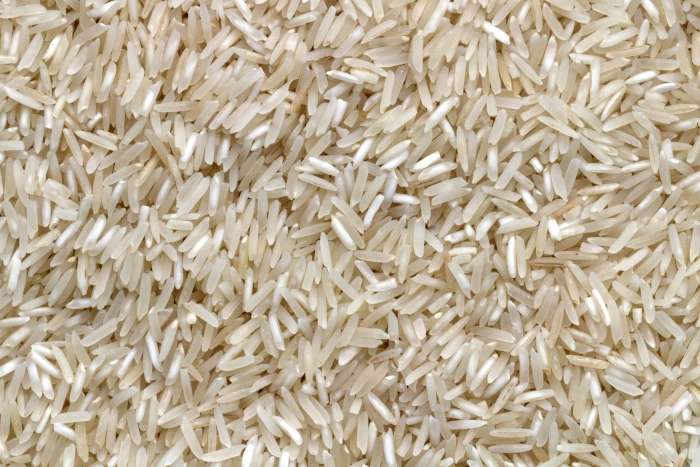
Going Outdoors During Winter – Here’s What You Need
Going Outdoors During Winter offers a unique and invigorating experience, allowing you to enjoy the serene beauty of snow-covered landscapes and the crisp, fresh air.

In a world filled with uncertainties, being prepared for the unexpected is not just a choice but a necessity. Prepping, the practice of anticipating and readying oneself for various emergencies, has gained traction in recent years. Among the crucial components of any preparedness plan, food storage stands as a cornerstone. In this article, we’ll delve into the significance of food storage in prepping, discussing its essential role, key considerations, and effective strategies to ensure you and your loved ones are well-equipped to handle unforeseen situations.
Imagine a scenario where access to grocery stores or supply chains is disrupted due to natural disasters, economic crises, or other emergencies. This is where the importance of food storage becomes evident. Having a stockpile of non-perishable, nutritious food items can provide a safety net during times when sourcing food becomes challenging. Food storage not only helps sustain you through temporary disruptions but also offers peace of mind knowing you have a reliable source of sustenance.
Nutritional Value: When selecting food items for storage, prioritize those that offer essential nutrients. Opt for items rich in protein, carbohydrates, healthy fats, vitamins, and minerals to ensure a well-rounded diet even in emergencies.
Long Shelf Life: Choose foods with a longer shelf life to minimize the need for frequent rotation. Canned goods, dehydrated foods, freeze-dried fruits and vegetables, and grains are excellent options for extended storage periods.
Allergies and Dietary Restrictions: Take into account any allergies or dietary restrictions within your household. Ensure your food storage plan accommodates the dietary needs of all family members.
Caloric Needs: Calculate the caloric needs of each individual per day and estimate how long your food storage would last based on these requirements. This will help you determine the quantity of food to store.
Rotation: Implement a “first in, first out” rotation system. As you acquire new food items, place them at the back of the storage space and use the older items first to prevent any items from going bad.
Cool, Dry, Dark: Store your food in a cool, dry, and dark location to extend shelf life. High temperatures and exposure to light can accelerate the degradation of food quality.
Proper Packaging: Repackage items that come in flimsy packaging to protect them from moisture, pests, and air. Vacuum-sealed bags, Mylar bags, and Oxygen Absorber and airtight containers are great options.
Diversity: Ensure a diverse selection of foods in your storage, including staples like rice, beans, pasta, canned fruits and vegetables, as well as comfort foods and snacks for emotional well-being.
Water: Remember that food storage goes hand in hand with water storage. Adequate hydration is crucial, so have a plan to store and filter water as well.
In the world of prepping, food storage takes center stage as a vital aspect of preparedness planning. Its significance lies not only in providing sustenance during emergencies but also in offering a sense of security and self-reliance. By considering factors such as nutritional value, shelf life, and rotation, and by implementing effective storage strategies, you can build a reliable food storage system that ensures you and your loved ones are well-prepared to face whatever challenges may come your way. Remember, being prepared today means a safer tomorrow.

Going Outdoors During Winter offers a unique and invigorating experience, allowing you to enjoy the serene beauty of snow-covered landscapes and the crisp, fresh air.

In the world of food preservation, Mylar bags have become increasingly popular due to their durability and ability to protect food from environmental factors. While

Fermentation, an ancient method of food preservation and flavor enhancement, has experienced a resurgence in popularity in recent years. From tangy sauerkraut to fizzy kombucha,